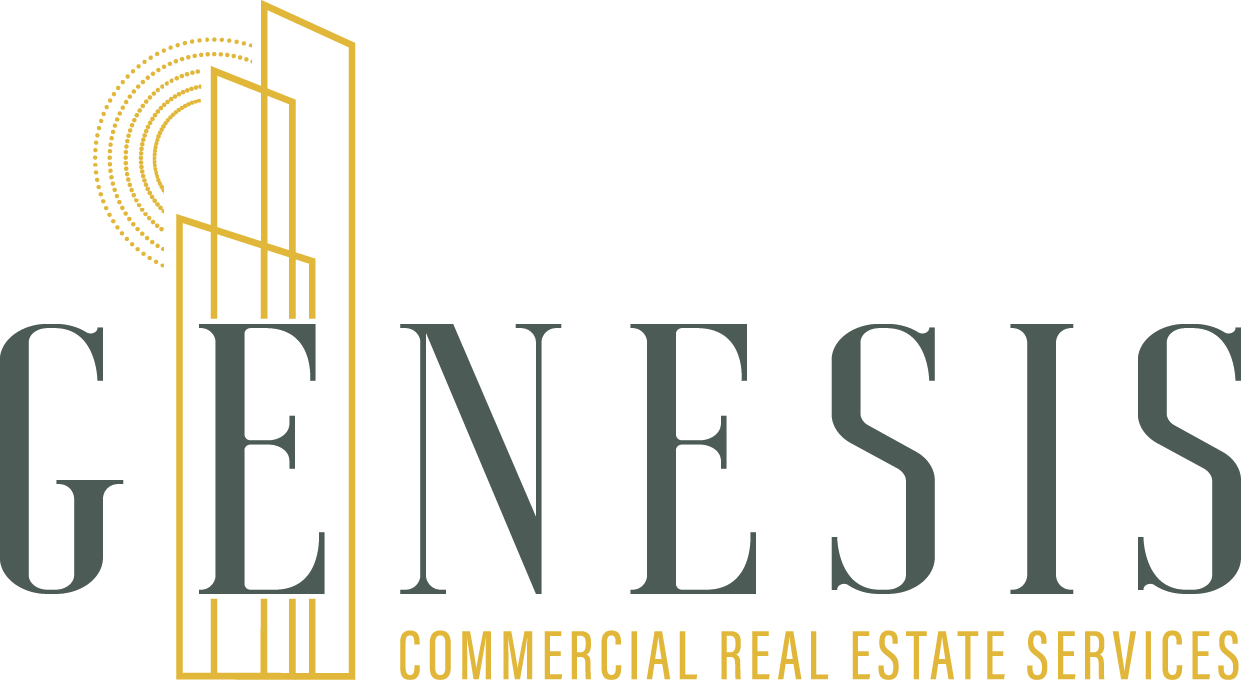Valuing commercial real estate properties is a complex but essential process that can make or break an investment decision. Whether you are a seasoned investor or a first-time buyer, understanding how to determine the worth of a property can equip you with the insights needed to navigate the commercial real estate market successfully.
There are several methods for valuing commercial real estate, each with its own strengths and weaknesses. The three primary approaches are the income approach, the sales comparison approach, and the cost approach. Each method offers unique perspectives on property value, so it’s essential to understand when to use each one.
The income approach is widely regarded as one of the most effective means of valuing commercial properties that generate rental income. This method focuses on the income-producing potential of the property rather than its physical characteristics. To effectively utilize the income approach, you will first need to estimate the gross rental income the property can generate. This involves researching current market rents for similar properties in the area, understanding the demand for space, and factoring in potential vacancies.
Once you have established the expected gross rental income, the next step is to assess the operating expenses associated with the property. Operating expenses typically include property management fees, maintenance costs, insurance, and property taxes. By deducting these expenses from the gross rental income, you can calculate the net operating income or NOI. The NOI serves as a vital component of the income approach, as it helps determine the property’s value through the capitalization rate, or cap rate.
The cap rate is a crucial metric in commercial real estate valuation. It is derived by dividing the NOI by the property’s current market value or purchase price. To arrive at a reasonable cap rate for your property, it’s essential to analyze recent sales of comparable properties in the market, taking into account their respective cap rates. This will provide you with a benchmark to use while evaluating your own property. By rearranging the cap rate formula, you can determine the value of the property by dividing the NOI by the cap rate. This method allows you to see how much investors are willing to pay for the income the property generates.
The sales comparison approach, also known as the market approach, is another prevalent method for valuing commercial real estate. This technique compares the property in question to similar properties that have recently sold in the same market area. The key here is to find comparable properties, also called comps, that share similar characteristics, including location, size, age, and condition. By analyzing the sale prices of these comps, you can arrive at a fair market value for your property.
When using the sales comparison approach, it is vital to make adjustments for any differences between your property and the comps. For example, if your property has additional features that enhance its value, such as a prime location or upgraded facilities, you can adjust the sales price of the comps upward. Conversely, if your property has drawbacks, such as deferred maintenance or a less desirable location, you will need to adjust the sales prices downward. Careful analysis and accurate adjustments are crucial in ensuring that you arrive at a value that reflects the true market conditions.
The cost approach is the third and final method for valuing commercial real estate. This approach is predicated on the principle that a buyer would not pay more for a property than it would cost to build a similar one from scratch. To value a property using the cost approach, start by estimating the replacement cost of the building. This includes the costs associated with labor, materials, and overhead, as well as any costs necessary to bring the property up to current building codes.
After determining the replacement cost, subtract any depreciation. Depreciation reflects the loss in value due to wear and tear, functional obsolescence, or external factors, such as changes in the local economic climate. The final figure you arrive at represents the current value of the property, based on the principles of cost and depreciation.
In addition to these three primary valuation methods, there are other factors to consider when determining the overall value of a commercial real estate property. Location is perhaps one of the most significant drivers of value. Properties situated in prime locations with access to transportation, amenities, and a strong customer base typically command higher values. The local economic environment also plays a crucial role in property value. Understanding factors such as employment rates, population growth, and business development trends can provide valuable insights into a property’s potential worth.
Another aspect to consider is the specific characteristics of the property itself. For example, properties with unique features such as energy-efficient systems, modern technology, or flexible floor plans may be valued higher than traditional spaces. Similarly, understanding the zoning regulations and potential for development can affect a property’s valuation. If the property allows for future expansion or repurposing, this can increase its attractiveness to potential buyers.
Ultimately, accurately valuing commercial real estate requires a multifaceted approach that incorporates various methodologies and local market knowledge. It is essential to stay informed about ongoing market trends and be adaptable to changes in the economic landscape. Additionally, seeking insights from industry professionals can provide valuable guidance in making informed valuation decisions.
Investing in commercial real estate can be very profitable if done the right way. Contact us for free consultation on commercial real estate investments.

